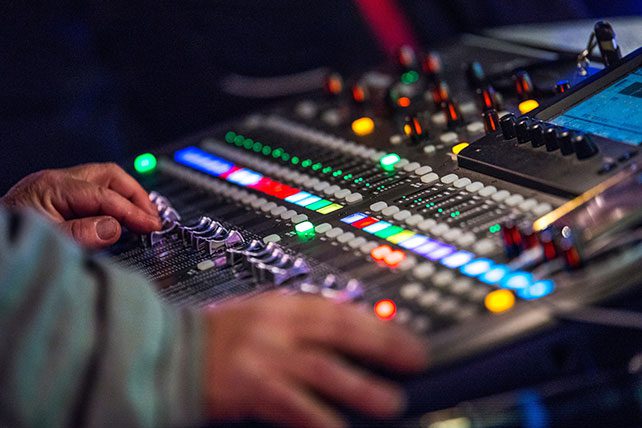One of the hardest things to teach a new sound operator is how to mix. It requires the development of an “ear” for what to change, when to change it and what levels are appropriate. The best advice I usually give is to listen to the radio, streaming, or anywhere professional-level mixing is done. This will go a long way in understanding what goes into a mix, but that will only do so much. We also need Audio Mixing 101.
Audio Mixing 101
There are many schools of thought as to whether you add sound or take it away in order to get a good mix. I will simply say that if you can’t get the sound you want one way, try doing it the other. If you cannot find the sound you want either way, start over. I always try to mix music with the vocals at the “front” of the mix; this means that they can be heard clearly above everything else. This is simply because the vocals are leading the worship and they need to be heard in order to help guide the rest of the church in singing. There’s another quick and dirty trick I’ve learned; if I see it, I should hear it. This is borrowing from film production and sound design, but if you cannot hear an instrument, then chances are something else is too loud. Not to say that you should expect studio quality sound, but you should always push yourself to do better.
“Carving frequencies” is about creating a spectrum of frequencies for each vocal and each instrument to reside in; their own “address” in the mix, if you will. You don’t want your lead guitar to be at the same address as your keyboard, right? Listen to the music and decide which instrument is taking the lead, then build from there.

